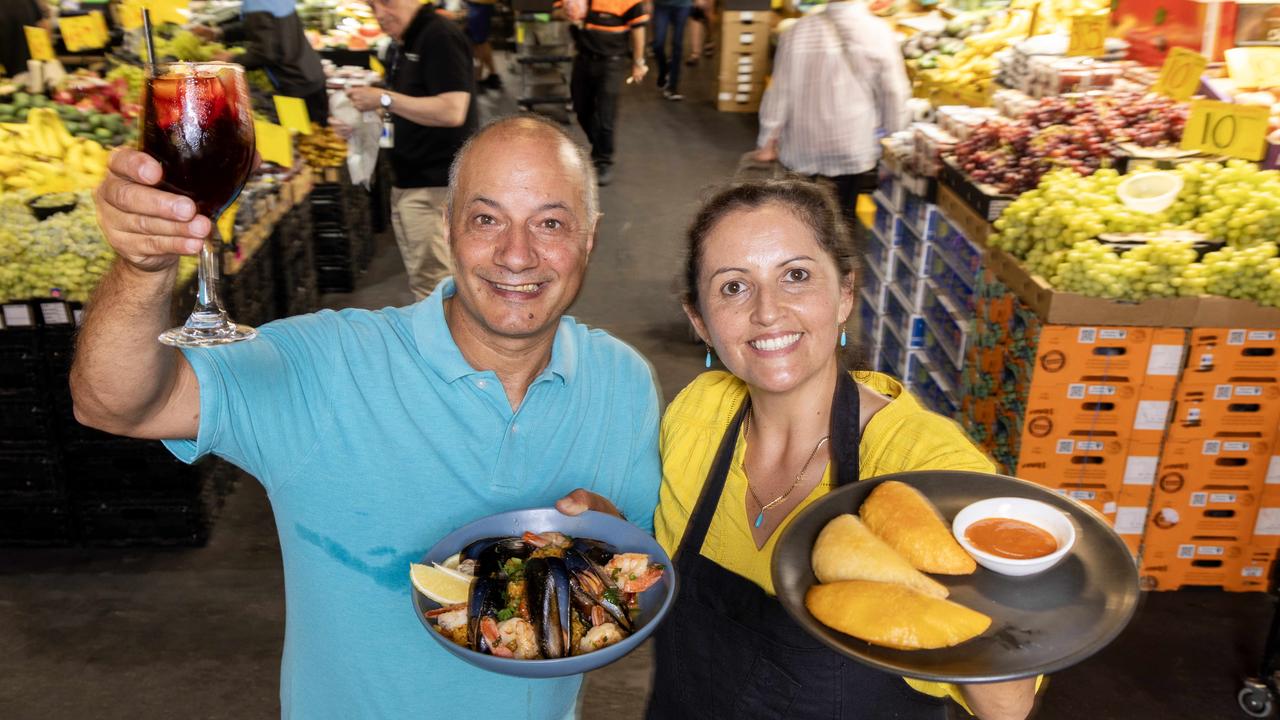
Chamberlains of London – Australia’s trendy food boom continues to surprise economists and social observers. Even during inflation and housing stress, cafes remain crowded. Young people sip matcha, spoon açaí bowls, and line up for frozen yogurt. These items may seem unnecessary, yet many view them as small joys in otherwise difficult routines. They offer a way to socialize without spending on expensive nights out. Coffee catch-ups and smoothie stops create rituals that feel both comforting and accessible. While some criticize these purchases as reckless, others defend them as mental health lifelines. These simple indulgences offer emotional returns that outweigh their price. Unlike luxury travel or dining, trendy food fits within tight budgets. Australia’s youth are not ignoring hardship, but choosing micro-luxuries to stay optimistic. In a country where daily living has grown stressful, colorful cups and warm lattes provide more than just taste. They give temporary relief wrapped in a spoonful of calm.
For young Australians, food trends now double as emotional escape. Matcha lattes and bubble tea replace traditional comfort food. These treats bring moments of joy in unpredictable times. Frozen yogurt shops draw in groups seeking connection without financial strain. The act of buying a five-dollar drink now feels like a celebration. In hard times, even small decisions become statements of control. Sharing these experiences on social media adds to the value. It is not just about taste, but about a lifestyle of balance. Açaí bowls might be priced higher than instant noodles, but they offer aesthetic, energy, and social meaning. Young consumers weigh value in more than calories and cost. They factor in wellness, mindfulness, and how food fits their identity. Amid economic pressure, this form of escapism still feels manageable. It is not about denial, but about choosing pleasure wisely. Food becomes therapy served cold, sweet, and camera-ready.
“Read about: Frozen Food Revival: Value and Shelf Life Win Over Dining Out”
Coffee remains sacred in Australian daily life. Even as prices inch higher, queues at espresso bars stretch down sidewalks. It is more than caffeine; it is culture. Coffee runs offer morning purpose, mid-day pauses, and social punctuation. Young workers may skip lunch, but rarely their flat white. Cafes serve as third spaces, offering community without the cost of entertainment venues. Spending six dollars on quality beans feels like a reasonable trade for mental focus and connection. Many young Australians budget around their coffee needs before groceries. This priority highlights how consumption reflects more than survival. It reflects habit, rhythm, and identity. Australia’s Trendy Food Boom finds strong footing in this devotion to coffee, where personal routine merges with social ritual. Independent cafes stay alive due to loyalty and emotional ties. Patrons build relationships with baristas, creating micro-communities around foam and crema. While economists debate such spending, individuals see coffee as non-negotiable. The comfort it brings outweighs its cost. It is not about indulgence, but about function, routine, and human contact.
Instagram and TikTok have turned food into performance. A bowl of granola can now launch a thousand likes. This digital validation has power, especially for younger generations. Posting a smoothie photo now signals care, calm, and creativity. In a time of rising rent and shrinking wages, these expressions build soft status. Unlike luxury bags or cars, food remains attainable yet expressive. Aesthetic meals tell a story of balance, wellness, and taste. Trendy food becomes a tool for branding identity. Visual storytelling reshapes how meals are valued. The likes and comments reinforce the behavior, deepening the habit. Brands and cafes capitalize on this dynamic, styling items to be camera-ready. Menus now reflect algorithm trends as much as nutrition. These patterns are not random; they are structured around how food appears online. Sharing turns spending into social capital. Young Australians navigate inflation by buying status one latte at a time.
“Read more: Garage Door Window Inserts: Function Meets Aesthetic”
Australia’s youth face unprecedented pressure. Wages lag behind inflation, housing remains scarce, and future prospects often feel dim. Yet amidst this, they choose joy. Not in grand gestures, but in simple pleasures. A slice of matcha cake or a colorful frozen yogurt serves as a moment of delight. These moments do not erase hardship, but soften it. Many now view food as the safest way to express rebellion and care. It is not wasteful if it offers rest. Critics may label it denial, but lived experience paints a different picture. This is emotional budgeting, not financial failure. Choosing a coffee over concert tickets is a strategy. It allows participation in life without overstepping limits. Australia’s Trendy Food Boom reflects this quiet resistance — a way to preserve dignity and connection in daily life. Young Australians are rewriting the rules of resilience. They find meaning in shared cups, crunchy toppings, and comforting routines. Even in economic strain, they choose flavor, texture, and community.